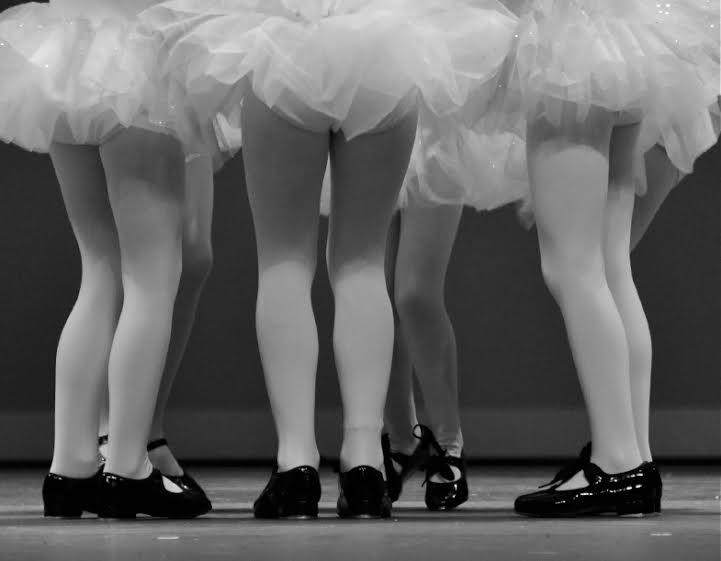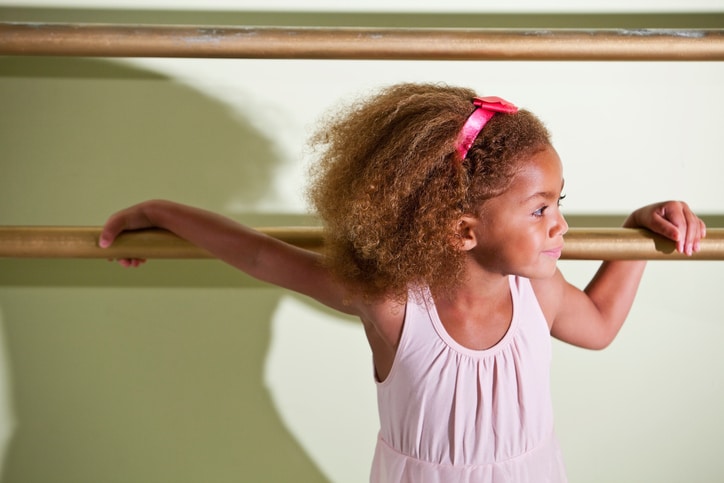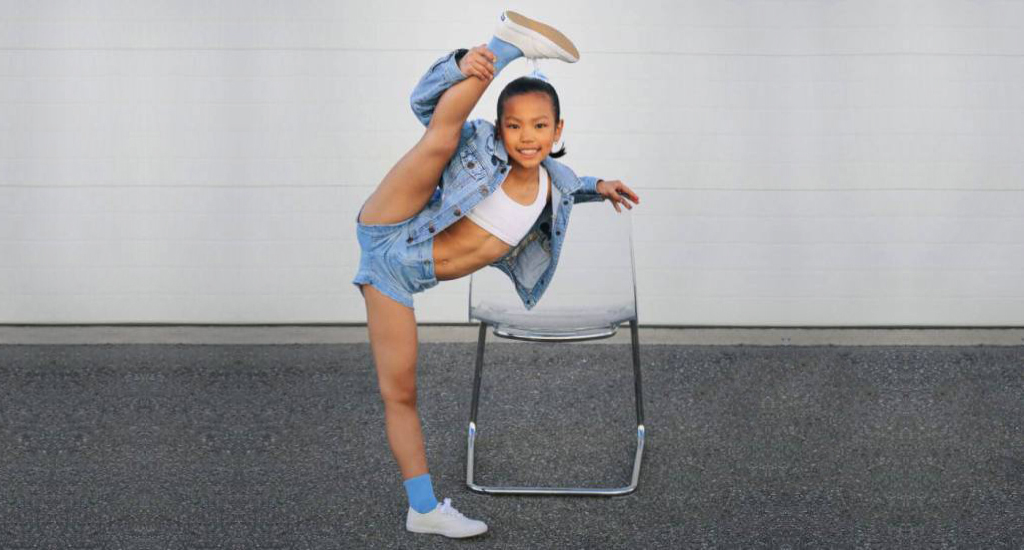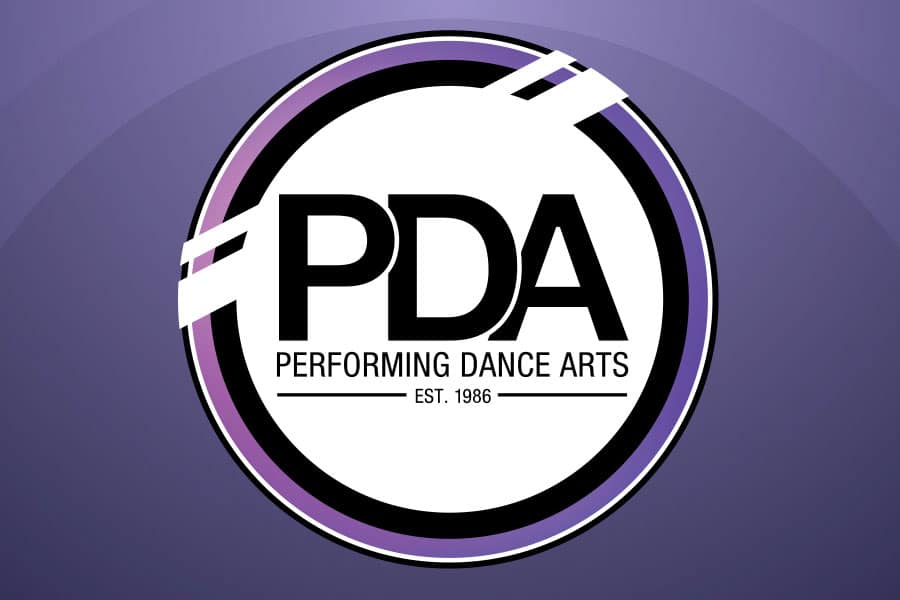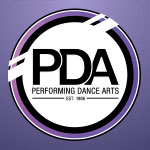Tap is such a fun expression of dance: the ability to use your feet to make fast, repetitive movements to create sounds and rhythms is amazing to watch. Rhythm, improvisation, and body movements are all key components of this dance style.
If you have ever wanted to know all about tap dance, this article is for you! Below, we explore the origins, styles, and benefits of immersing your child in the world of tap!
The History of Tap Dancing
In learning the history of tap dance, it is important to note that there are various cultures accredited to the style. The earliest denotations of tap can be found in the 1600s with contributions from both African American slaves and Irish indentured servants. Both cultures had their own musical disciplines.
Roots Deep and Diverse
Enslaved Africans brought the pulsing Juba dance to American soil, a ritualistic and percussive form of expression that laid the groundwork for tap’s formidable rhythms. The Juba combined footwork with clapping, slapping, and patting the body, creating a form of communication and celebration uniquely rooted in the African experience.
European influences, particularly Irish step dancing, brought a new layer of complexity to American dance. Irish indentured servants, with their lively jigs and clogs, shared their spirited footwork, which found a home and a fusion in the burgeoning American music scene. The blend of African and European traditions set the stage for tap to evolve into a transcultural expression of joy and resilience.
A Cadence Through the Ages
The early iterations of tap within minstrel shows of the 19th century were complex. Placed in a deeply problematic context, black performers sometimes used their appearance to subvert stereotypes and showcase their talent. This era birthed the beginnings of a uniquely American art form, albeit during a grim and discriminatory time.
Vaudeville was the launchpad for tap to show its true potential. With varied acts on the same bill, tap found a space alongside comedians, acrobats, and musicians, fostering a style that was versatile and entertaining. Acts like Master Juba and Billy Kersands became stars, elevating tap’s reputation and reach.
With the advent of Broadway, tap ascended to new heights of sophistication. Performers like Bill “Bojangles” Robinson and the Nicholas Brothers stunned audiences with their technical prowess and creative flair. On the grand stages of New York, tap became a respected art, with intricacy and innovation celebrated in each step.
Key Figures
The Hoofer generation of tap dancers rebelled against the constraints of choreography, seeking to reclaim the spontaneous spirit of tap. In doing so, they pioneered a new way of dancing that valued individual expression and intricate footwork, laying the foundation for the rhythm tap style.
Rhythm tap emerged, not just as a style, but as a philosophy. Dancers such as Baby Laurence and Buddy Rich infused their tap with the syncopated rhythms of jazz music, creating a new language of movement. Rhythm tap was born from the streets, a testament to African American artistry and the living force of jazz music in the 20th century.
Tap has continued throughout the centuries to become a global phenomenon wherein international adaptations have been added to influence new generations of dancers.
Styles of Tap Dancing
There are various styles of tap dancing with American, English, Broadway, and Rhythm being the most popular choices.
- American Tap: American tap is the backbone of the art form, renowned for its precision, speed, and the crystal-clear sounds it produces. This style lays heavy emphasis on the technical aspect of tap, with traditional standards and structured syllabi.
- English Tap: English tap dancing is more than just a style; it’s a narrative experience. English tappers are characteristically elegant, with a regal poise and a gentle touch that guides each step.
- Broadway Tap: Broadway tap combines elements of American and English styles with a theatrical twist. Here, the emphasis is on the performance, as dancers often integrate tap with other forms of theater, such as acting and singing.
- Rhythm Tap: Dancers in this style push the boundaries of what’s possible, creating their rhythms by implying time signatures and syncopating offbeat patterns.
Contemporary tap styles, such as flamenco tap and hip-hop tap, are continually evolving. Flamenco tap marries the percussive flamenco tradition with American tap sensibilities, resulting in an explosive display of rhythm and emotion. Hip-hop tap takes urban dance and infuses it with the complexities of tap, creating hybrid forms that resonate with contemporary audiences.
Benefits of Tap Dancing
There are many benefits of tap dancing, such as:
- Physical: Engaging in tap dance provides a comprehensive workout that helps maintain cardiovascular health, enhances bone density, and promotes overall fitness. The demand for vigorous footwork and continuous movement offers an excellent way to keep the heart pumping and the body in motion.
- Mental: Tap dance challenges cognitive processes by stimulating memory and enhancing focus. Remembering and executing complex step sequences effectively “exercises” the brain, helping to keep mental faculties in top condition.
- Social: Participation in tap dancing builds a strong sense of community and connection by providing a shared language of movement. Dancers support and learn from each other, fostering friendships and a supportive environment that thrives on collaboration.
The Future of Tap Dancing
Tap dance is not a dance of the past—it continues to evolve. Today’s tappers experiment with new music genres, infuse their movements with contemporary influences, and even integrate technology into their performances. This willingness to adapt ensures that tap remains fresh and relevant in a rapidly changing world.
Innovative tap artists are exploring new frontiers, from unusual performance spaces to cutting-edge storytelling. They are creating works that challenge traditions and expand the art form’s limitations. The result is an avant-garde tap scene that inspires and fascinates.
Technology is shaping the future of tap education and performance. Online platforms are allowing tap dancers to learn from the best in the world, irrespective of their geographical location. Digital tools are also providing new ways to engage with audiences, such as through interactive performances and virtual reality experiences.
Introduce Your Child to the Incredible World of Tap Dance at PDA
At Performing Dance Arts, our celebrated dance instructors inspire and train young dancers to embrace the world of tap through a safe and fun learning environment. We offer various dance programs at all three of our Yorkdale, Vaughan, and Etobicoke dance studios.
Contact us for more information on our tap dance classes and to book a tour of one of our studios.
